

An Introduction to Using At-Home Skincare Devices
Summary
Reflection Questions
Journal Prompt
The surge in popularity of at-home skincare devices reflects a growing interest in personalized beauty and wellness routines. These devices, ranging from LED light therapy to ultrasonic skin infusers, offer a convenient and cost-effective way to achieve professional-grade skincare results at home. Their ability to target a variety of skin concerns has made them a staple in modern skincare regimens. But are these skin care devices safe? Do they actually deliver results like improved skin texture, boosted collagen production, more even skin tone, and elimination of acne-causing bacteria? From red light therapy to at-home microdermabrasion kits, let’s take a look at whether these skin care tools belong in your routine.
Types of At-Home Skincare Devices
Gua Sha Tools


Gua Sha tools, traditionally made from jade or rose quartz, are used in a scraping technique that promotes lymphatic drainage and increases blood circulation. Regular use can lead to improved skin elasticity and reduced puffiness.
In an article for Women’s Health, Perdita Nouril notes that “Our face has 43 muscles.” Using a gua sha can help release tension in facial muscles, as can facial massage and the use of similar tools.
LED Light Therapy Devices


These devices use specific wavelengths of light to target various skin concerns. Blue light is often used for fighting acne, while red light is utilized for its anti-aging properties, helping to stimulate collagen production, increase blood flow, reduce inflammation, and reduce puffiness.
Microcurrent Facial Devices
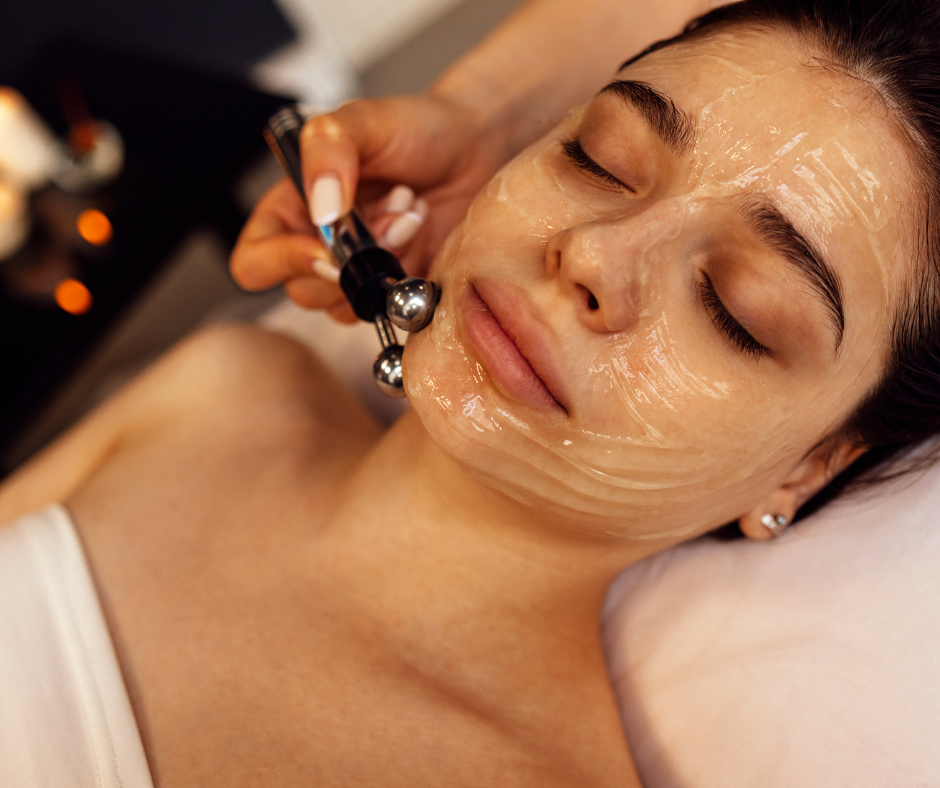

Microcurrent devices emit low-level electrical currents to stimulate muscle and cellular activity. This can lead to enhanced muscle tone, facial contouring, and reduction in the appearance of fine lines and wrinkles.
Ultrasonic Skin Infusion Devices
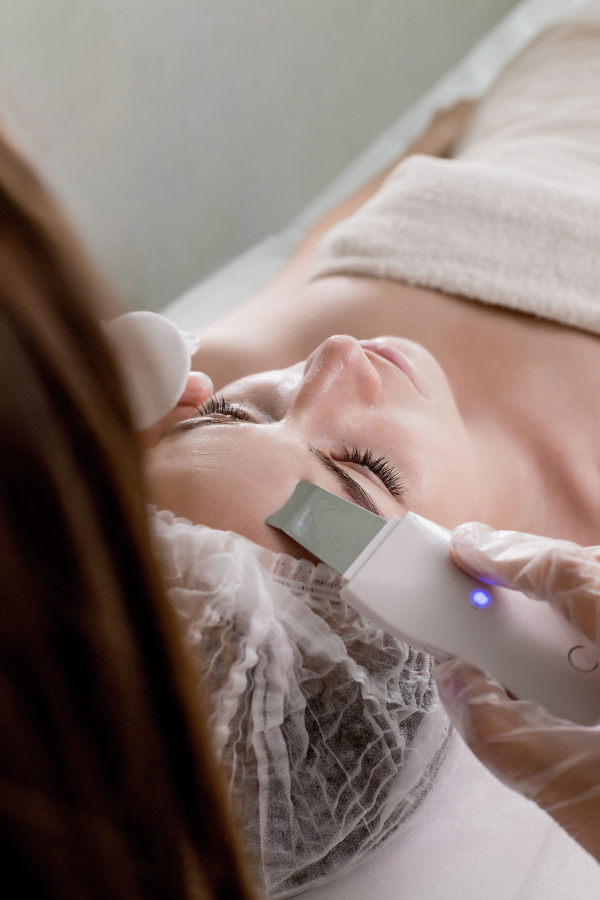

Ultrasonic devices use high-frequency sound waves to enhance the absorption of skincare products into the skin. This facial tool ensures deeper penetration of active ingredients, potentially increasing their efficacy.
At-Home Microdermabrasion Kits
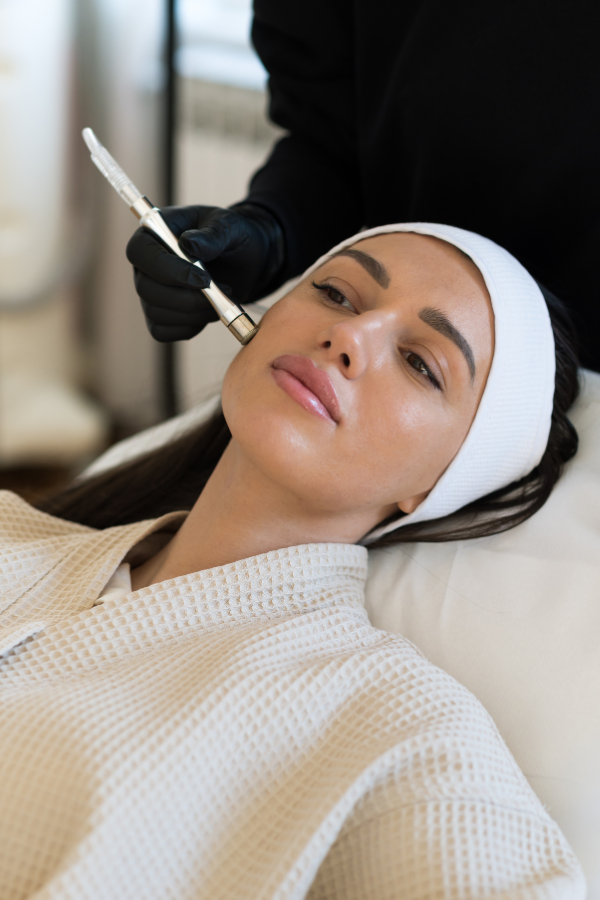

These kits provide exfoliation through mechanical means, typically using fine crystals or diamond tips. They are designed to remove dead skin cells, promoting a smoother skin texture and reducing the appearance of fine lines and acne scars.
Facial Cleansing Brushes


Facial cleansing brushes use oscillating or rotating bristles to deeply cleanse the skin. They are more effective than manual cleansing at removing dirt, oil, and makeup residues, contributing to clearer pores and improved skin texture.
Potential Benefits of Using At-Home Skincare Devices
Convenience and Cost-Effectiveness


At-home skincare devices offer a high level of convenience, allowing users to perform sophisticated skincare treatments in the comfort and privacy of their own homes. This eliminates the need for frequent visits to skincare professionals, saving both time and money. The initial investment in these devices is often offset by the long-term savings from reduced professional treatment costs.
Customizable Skincare Routines
These skincare tools empower users to tailor their skincare routines to their specific needs. With a variety of devices available, individuals can target specific skin concerns such as aging, acne, or dry skin, allowing for a more personalized skincare approach.
Potential Skin Health Benefits
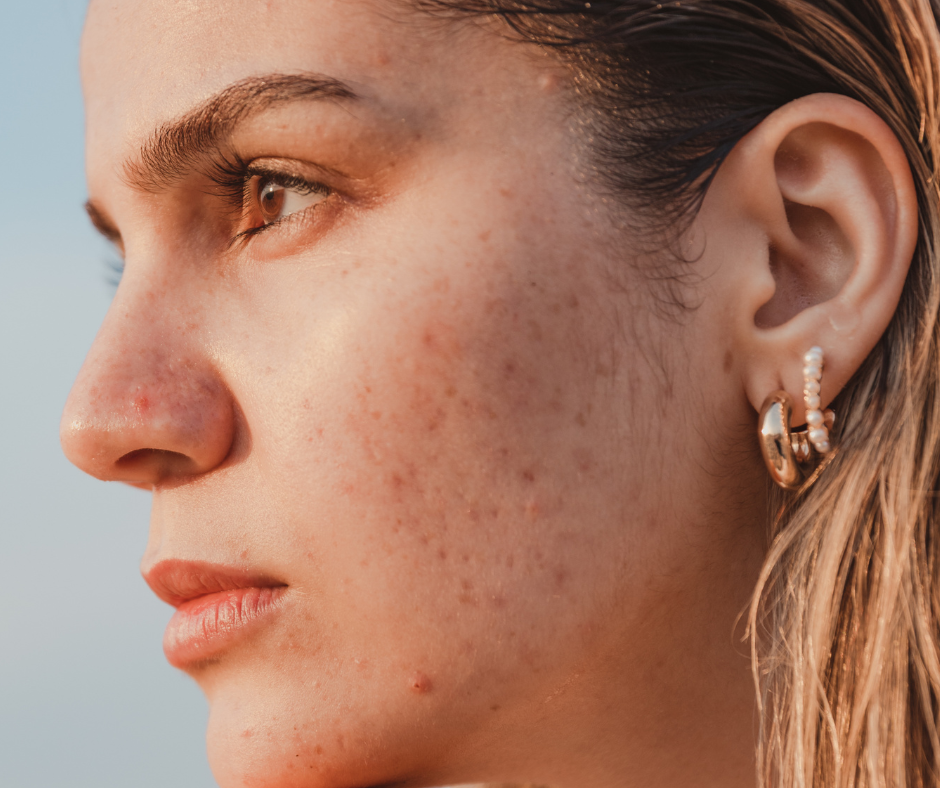

Regular use of at-home skincare devices as part of your skin care routine can lead to noticeable improvements in skin health. These benefits include enhanced skin texture and tone, reduction in the appearance of fine lines and wrinkles, and improved skin hydration.
This 2022 study “Determined that home-based devices are efficacious and safe for a number of dermatologic conditions, including IPL for hair removal, laser diodes for androgenic alopecia, RF for rhytides and wrinkles, and LED-BL/RL for acne.” According to the study’s researchers, “All treatment modalities [examined] demonstrated favorable safety profiles.”
By incorporating these devices into their regular skincare regimen, users might be better able to maintain healthier, more radiant skin over time.
How to Choose the Right Device
Assessing Skin Type and Concerns
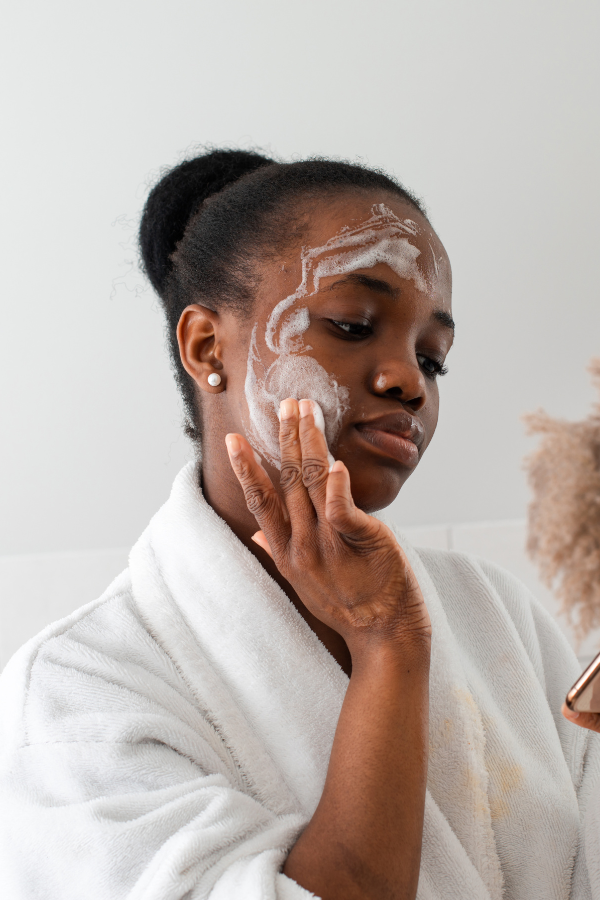

The first step in selecting an at-home skincare device is to assess your skin type and specific concerns. Different devices cater to various skin issues, such as sensitivity, acne, aging, or pigmentation. Understanding your skin’s needs is crucial to choosing a device that will be both effective and safe.
Considering Ease of Use and Safety Features
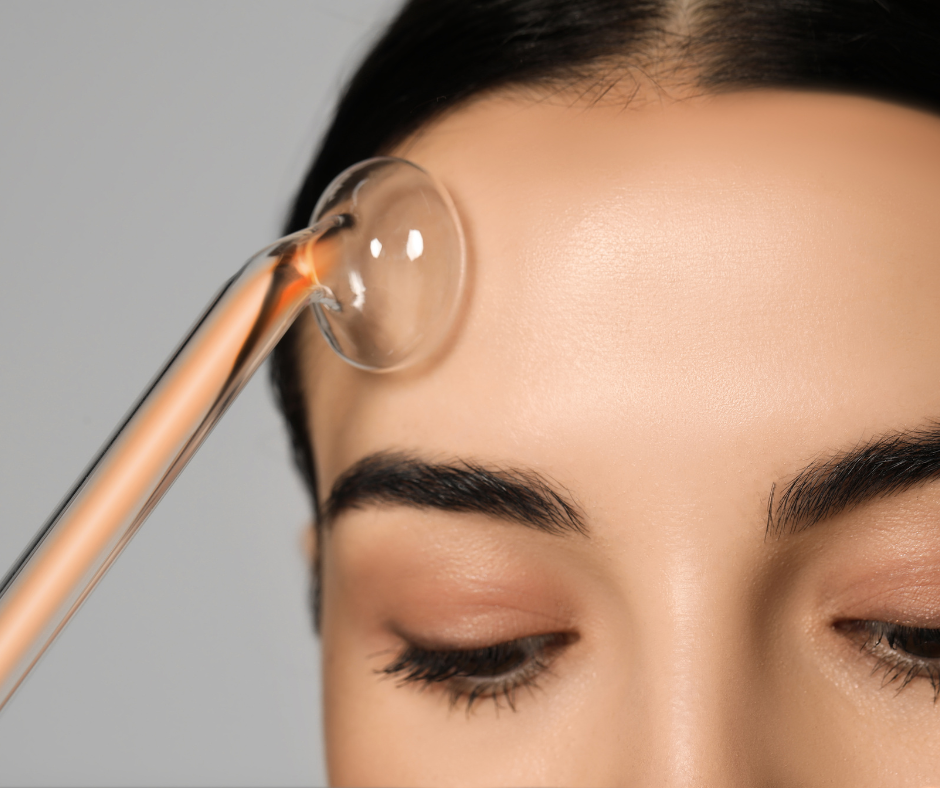

It’s important to select a device that is user-friendly and fits seamlessly into your daily routine. Safety features are also paramount to prevent skin damage. Look for devices with built-in safety sensors, adjustable intensity levels, and clear usage instructions.
Understanding Different Technologies and Their Effects


Different devices use various technologies, each with its own set of benefits. For instance, LED light therapy affects skin cells differently compared to microcurrent or ultrasonic technology.
A basic understanding of how these technologies work will help in choosing a device that aligns with your skincare goals. Researching and consulting with skincare professionals can provide valuable insights into the most suitable technology for your skin.
Best Practices for Using Skincare Devices
Preparing Your Skin for Treatment


Effective skin preparation is crucial for maximizing the benefits of at-home skincare devices. A systematic literature review on basic skin care in clinical settings suggests that routine skin care activities, including cleansing and moisturizing, are vital for maintaining or improving skin health.
Translating this to at-home device use, it’s important to start with a clean face, removing makeup, dirt, and oil. Hydrating the skin can also be beneficial, particularly when using devices like ultrasonic infusers or microcurrent tools, as moist skin can enhance conductivity and device efficacy.
Following Manufacturer Instructions and Recommended Usage
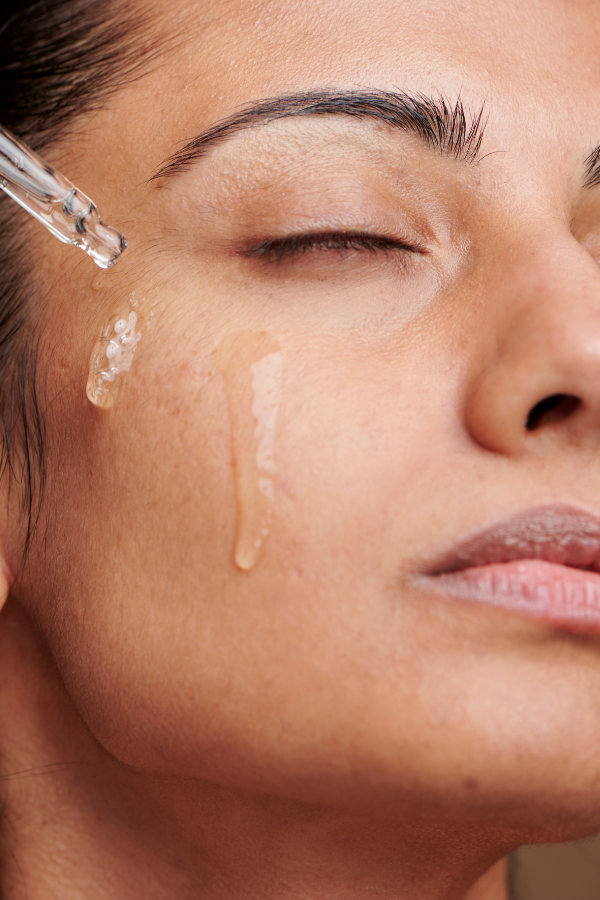

Adherence to the manufacturer’s instructions is critical for safe and effective use of skincare devices. Each device comes with specific guidelines on how to use it, including duration, frequency, and care instructions.
For example, LED light therapy devices may require usage for a specific number of minutes, while microcurrent devices might have recommended intensity settings. Following these guidelines not only ensures safety but also maximizes the potential benefits of the device.
Tips for Maintenance and Cleaning of Devices
Regular maintenance and cleaning are essential to prolong the life of skincare devices and prevent skin irritation or infection. This typically involves wiping the device with a clean, dry cloth after each use and storing it properly.
For devices that come in direct contact with the skin, like facial cleansing brushes or microdermabrasion kits, more thorough cleaning with soap and water or a disinfectant may be necessary. Always refer to the care instructions specific to your device for the best maintenance practices.
Potential Risks and Considerations
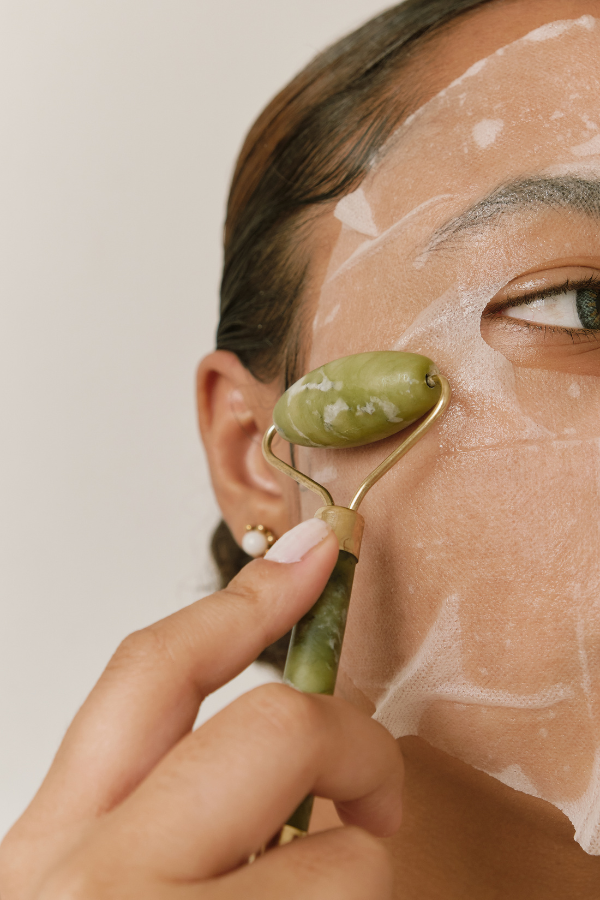

The increasing use of at-home skincare devices raises concerns about the risks associated with their use, particularly when misused or without adequate knowledge. Even the best skin care tools can cause more harm than good when improperly used, potentially leading to skin damage that may require professional treatment.
The risks include epidermal burning or injury to the skin’s surface. It’s essential to understand the limitations of these devices and consult a doctor as necessary.
Understanding the Limitations of At-Home Devices
Industry experts caution against expecting the same results from at-home devices as from professional treatments. At-home devices are generally milder versions of professional equipment and lack the precision and power of in-clinic devices.
The knowledge and skills of a professional skin expert significantly contribute to the effectiveness and safety of treatments, which is often lacking in self-administered at-home care.
Recognizing When to Consult a Dermatologist
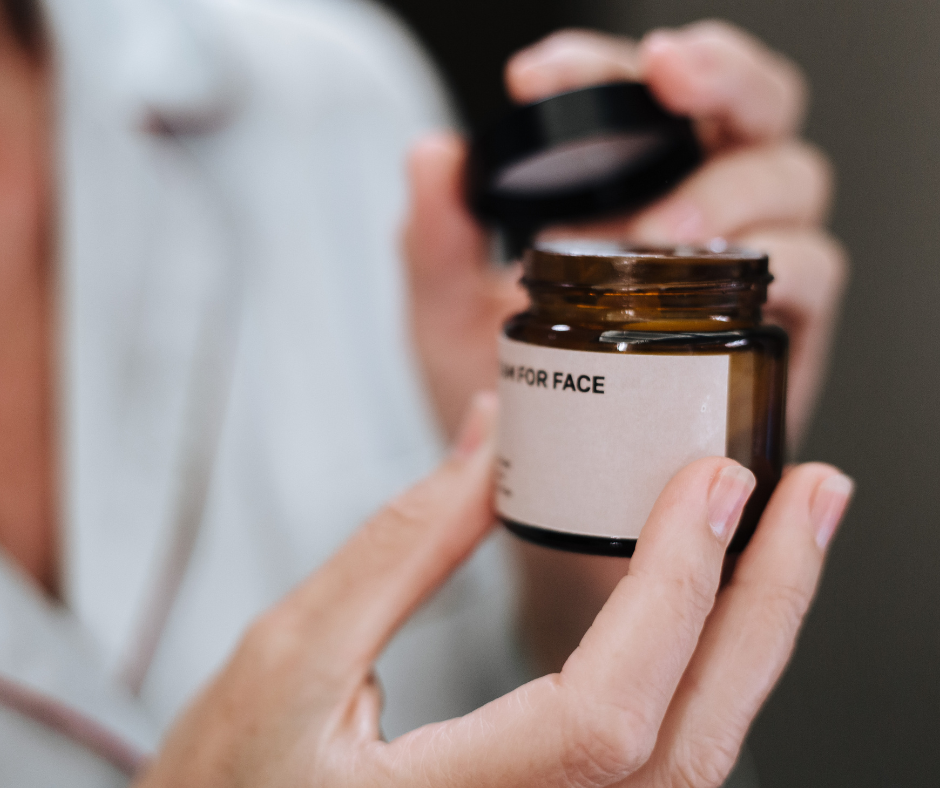

It is crucial to understand when professional consultation is necessary. If an at-home treatment leads to adverse effects or if there’s uncertainty about using a particular skin care tool, it is advisable to seek advice from a dermatologist.
Professional guidance can prevent potential skin damage and ensure the right care for specific skin concerns.
Awareness of Potential Side Effects
Side effects of improperly used at-home skincare devices can range from mild redness and sensitivity to more serious conditions like scarring or infection. For example, the Therapeutic Goods Administration (TGA) warned against the use of certain microneedling devices due to risks including skin redness, UV sensitivity, scarring, or infection.
Proper use, understanding the device’s limitations, and recognizing when professional help is needed are crucial for safe at-home skincare.
Integrating Skincare Devices into Your Routine
Effectively Incorporating Devices into Existing Skincare Routines
Integrating at-home skincare devices into an existing routine requires a thoughtful approach. Begin by identifying the specific times during your routine when a device can be most beneficial.
For instance, cleansing brushes should be used during the cleaning stage, while LED therapy or microcurrent devices might be more effective after cleansing and before applying serums or moisturizers. It’s crucial to allow sufficient time for each step, ensuring the skin is prepped and ready for each device’s function.
Combining Devices with Skincare Products for Maximum Benefits


To maximize the benefits of skincare devices, pairing them with appropriate skincare products is key. For example, use hydrating serums or gels with microcurrent devices to enhance conductivity, or apply targeted treatments before blue light therapy to boost their absorption and efficacy.
However, it’s important to avoid products that could interfere with the device’s function or cause skin irritation. Always refer to the device’s manual for specific recommendations on compatible products and to ensure that you are using the device in harmony with your skincare regimen.
The Future of At-Home Skincare Technology
The skincare devices market, valued at approximately USD 14.0 billion last year, is projected to grow significantly, driven by the increasing prevalence of skin conditions and the rising interest in aesthetic appeal.
Technological advancements are fueling this growth, with more sophisticated products being developed that offer improved diagnosis, treatment, and aesthetic enhancement capabilities.
Predictions for Future Innovations in the Market
Technological innovations are expected to continue revolutionizing the skincare device market. For example, the introduction of the Elite iQ platform by Cynosure, which uses Skintel technology for customized laser hair removal and skin revitalization, indicates a trend toward more personalized, technology-driven skincare solutions.
Additionally, the skin rejuvenation segment is forecasted to grow rapidly, driven by an increasing focus on treatments that enhance youthfulness and overall appearance. This suggests a future market dominated by devices offering enhanced functionality and targeted treatments, catering to a diverse range of skincare needs and preferences.
Final Thoughts on the Use of At-Home Skin Care Tools


at-home skincare devices represent a significant development in personal skincare, offering convenience, customization, and a range of benefits from rejuvenation to targeted treatment. While selecting the right device involves understanding specific skin needs and technological implications, it’s crucial to follow best practices for use and maintenance.
However, users must be aware of the limitations and potential risks, consulting professionals when necessary. As the market for these devices continues to evolve with technological advancements, a balanced and informed approach is essential for safely integrating these devices into skincare routines, ensuring optimal benefits while minimizing risks.








